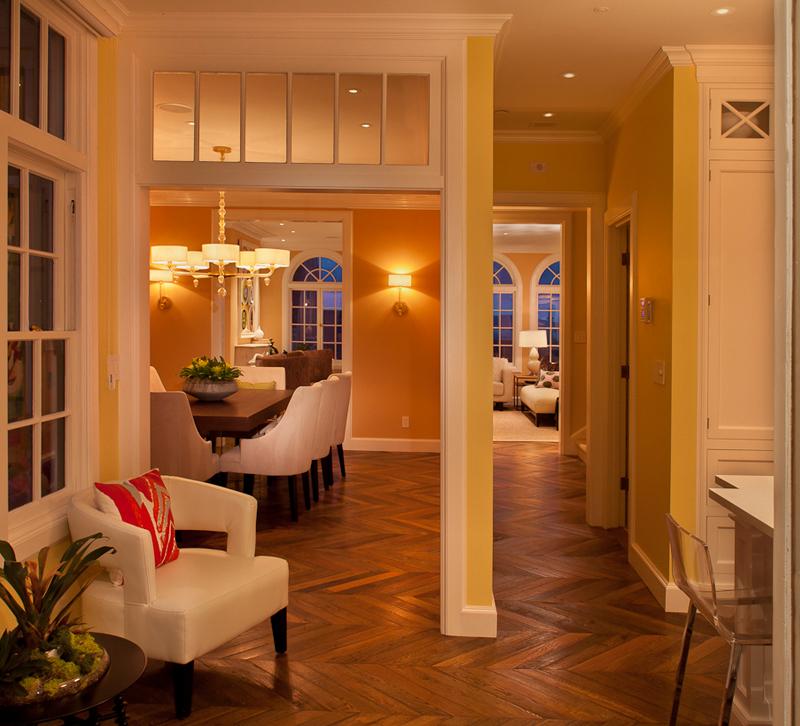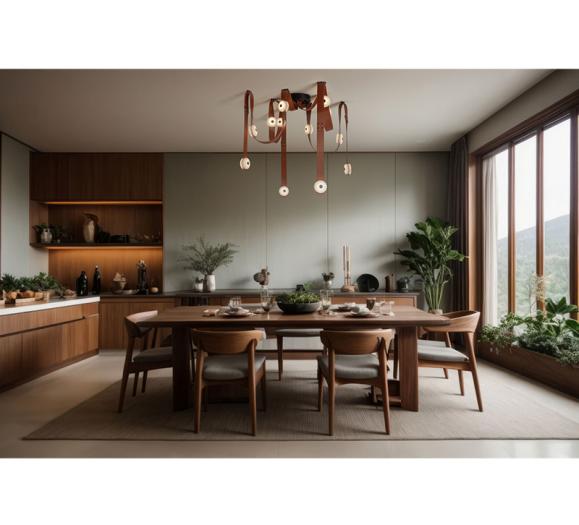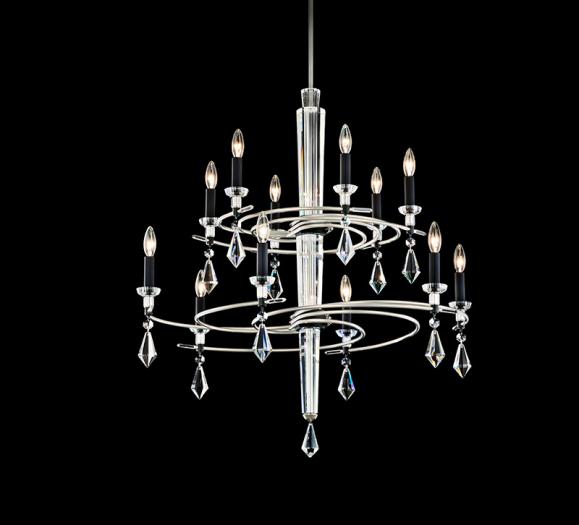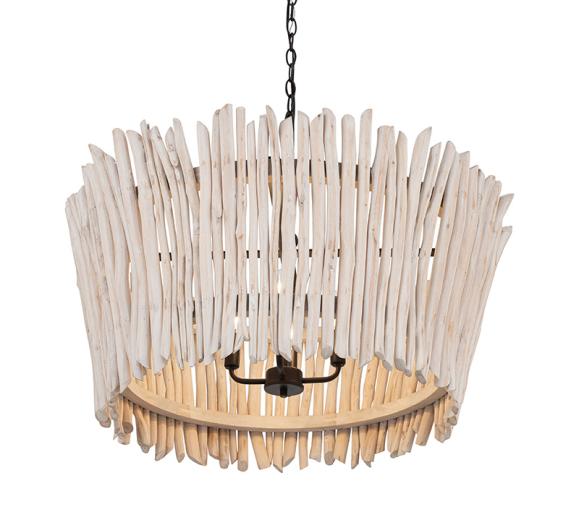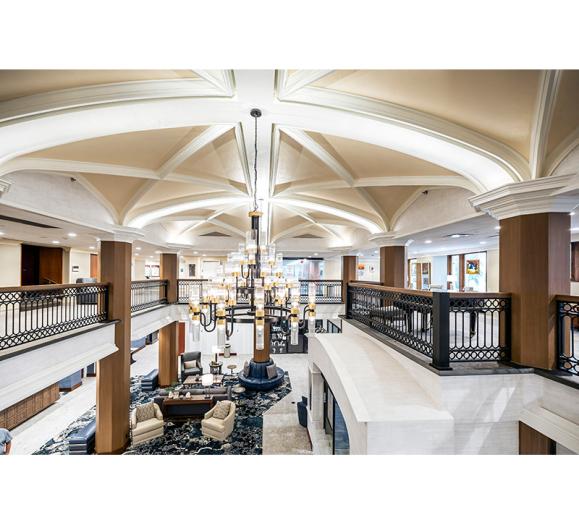TIP 1: Day tripping
Color temperature tells you the hue of illumination that a particular light source emits. The two color temperatures that we are most easily able to identify are incandescent (2700K) and daylight (5000K). There are many other color temperatures that are available, especially with the advent of LEDs. The odd thing about Kelvin ratings is that the way they measure temperature is opposite of the way we measure heat — if you’re thinking blast furnace, then 5000 degrees must be hotter than 2700 degrees. Yet, in terms of color temperature, it’s close to 50 percent cooler. So the rule of thumb is that higher color temperature indicates a cooler light, and lower color temperature indicates a warmer light.
The Kelvin rating alone does not tell us about color quality. That’s where the Color Rendering Index (CRI) comes into play. Using incandescent light is the gold standard — it has been assigned a CRI of 100. All alternative light sources aspire to have a CRI that is close to 100 as possible. The way I experience it visually is that a light source with a low CRI tends to be flat in color quality, whereas one with a high CRI has a rounder, more full-bodied color quality.
TIP 2: Mellow yellow
I think that people inherently know that if they want to see what a true color looks like during the day, take it over to the window. This is absolutely true. It’s one of the things that daylight does best. When you’re looking at fabric samples, tile, wood, paint finishes — even sweaters — looking at them under daylight is key. But what most people don’t do is look at the same samples in an evening situation. This can be a big mistake.
Incandescent light and incandescent-quality LEDs will shift colors into the warm range. This means visually that reds will turn orange, whites will shift to yellow and blues will take on a purplish quality. It also means that silver can look like brass. My strong recommendation is to look at your color board in a daylight situation and also review those colors under the type of lighting you use in the evening. This will help head off any unwelcome color-shift surprises.
TIP 3: Staying in tune
Incandescent light continues to change color temperature as it dims, getting warmer and warmer. This is what we’re used to. Until relatively recently, LEDs did not do that. Before, you would pick an LED source with a color temperature with which you’re comfortable, say 2400K (the color of dimmed incandescent). Then you would only be able to raise or lower the light level, while it stayed at a consistent color temperature. Now what we have readily available is warm-dim technology, where the LEDs appear to get warmer in color temperature as they are dimmed. This technology is offered in linear LEDs, light bulbs and fixtures. Make sure that you select a warm-dim product with a CRI of 90 or higher in order to obtain an incandescent quality of light.
LEDs now provide us with a wide range of colors and color temperatures, while offering energy savings plus tens of thousands of hours in lamp life. The bottom line is to make sure that your evening environment has the colors and lighting working together to create a welcoming environment.
Martha Stewart may say, “It’s a good thing.” I say “Good things come to those who light right.”



